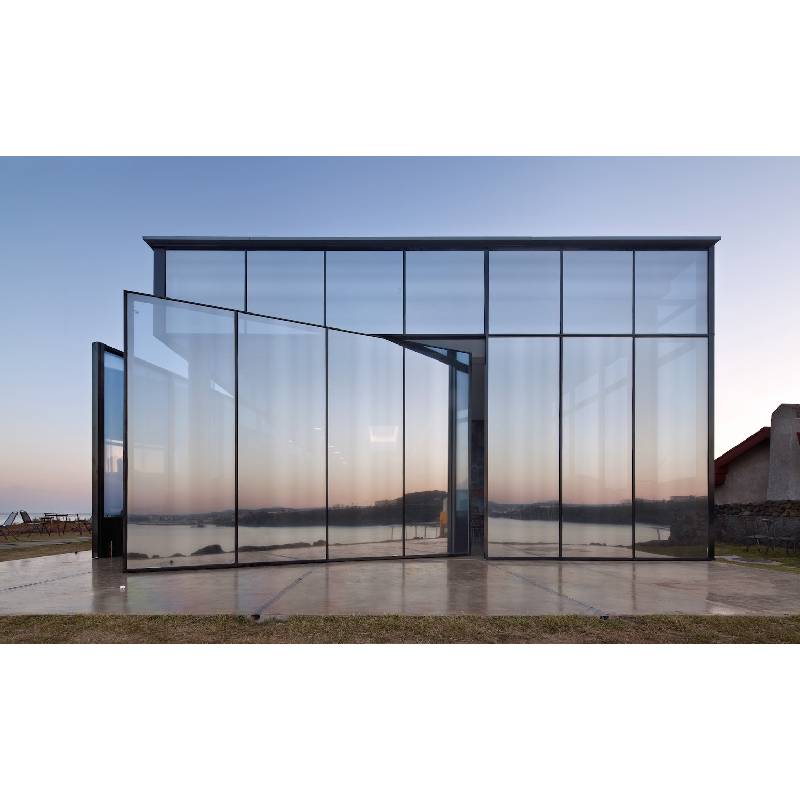

The Advantages of Argon-Filled Low-E Glass in Modern Architecture
In today's world, energy efficiency and sustainability are paramount considerations in architectural design. Among the innovations in building materials, argon-filled low-emissivity (low-E) glass emerges as a leading option that enhances energy conservation while providing aesthetic appeal. This article explores the benefits, applications, and functionality of argon-filled low-E glass, outlining its significance in modern architecture.
Understanding Low-E Glass
Low-E glass is specially treated to minimize the amount of infrared and ultraviolet light that passes through it. This treatment allows for maximum visible light transmission while reflecting heat back to its source. The term low-E refers to the low emissivity of the glass surface, which effectively reduces heat transfer. The addition of argon gas in the space between the glass panes further enhances its thermal performance.
Argon Gas Properties
Argon is a colorless, odorless, and inert gas that is denser than air. When used in insulated glass units (IGUs), argon serves as an insulating agent. Its density slows down the transfer of heat compared to air, making it an excellent choice for improving thermal efficiency. The use of argon gas combined with low-E coatings in double or triple-glazed windows results in exceptional insulating properties, thus reducing energy consumption in homes and commercial buildings.
Energy Efficiency
One of the most significant advantages of argon-filled low-E glass is its impact on energy efficiency. By minimizing heat transfer, buildings equipped with this type of glass experience reduced heating and cooling demands. This leads to lower energy bills and minimizes the building's carbon footprint. Research indicates that using argon-filled low-E glass can reduce energy consumption by up to 30%—a substantial figure that demonstrates its effectiveness in promoting sustainability.
Comfort and Aesthetics

Beyond energy efficiency, argon-filled low-E glass contributes to improved indoor comfort. By maintaining a stable temperature and reducing cold spots, it creates a more pleasant living or working environment. Additionally, the clarity and transparency of low-E glass allow for abundant natural light, enhancing the overall aesthetic appeal of spaces. Architects and designers widely appreciate this combination of comfort and style, which aligns with modern trends favoring open, light-filled spaces.
Applications in Architecture
Argon-filled low-E glass is versatile, making it suitable for various architectural applications. It is commonly employed in residential homes, commercial buildings, and high-rise structures. In homes, it is used for windows and sliding doors, allowing homeowners to enjoy natural light while benefiting from increased energy efficiency. In commercial buildings, large curtain walls featuring argon-filled low-E glass can provide stunning views while optimizing energy performance.
Moreover, this type of glass is also used in high-performance facades. In urban environments, where energy costs are high and aesthetic considerations are crucial, architects often choose argon-filled low-E glass to strike a balance between design and functionality. Its ability to reflect heat whilst allowing in light makes it ideal for skyscrapers and modern office buildings.
Environmental Benefits
The adoption of argon-filled low-E glass goes hand-in-hand with environmental responsibility. By reducing the reliance on heating and cooling systems, it lowers greenhouse gas emissions, supporting global efforts to combat climate change. Furthermore, many manufacturers of low-E glass adhere to sustainable practices, ensuring that the production process itself is as eco-friendly as possible.
Conclusion
In conclusion, argon-filled low-E glass represents a significant advancement in building technology, combining energy efficiency, comfort, and aesthetic appeal. As architects and builders increasingly prioritize sustainability and homeowner comfort, this innovative material will likely play a vital role in shaping the buildings of the future. The integration of argon-filled low-E glass into architectural designs not only promotes energy conservation but also contributes to a more comfortable and visually appealing living environment. As we continue to face the challenges of climate change and increasing energy costs, solutions like argon-filled low-E glass will be crucial in creating more sustainable and efficient buildings.